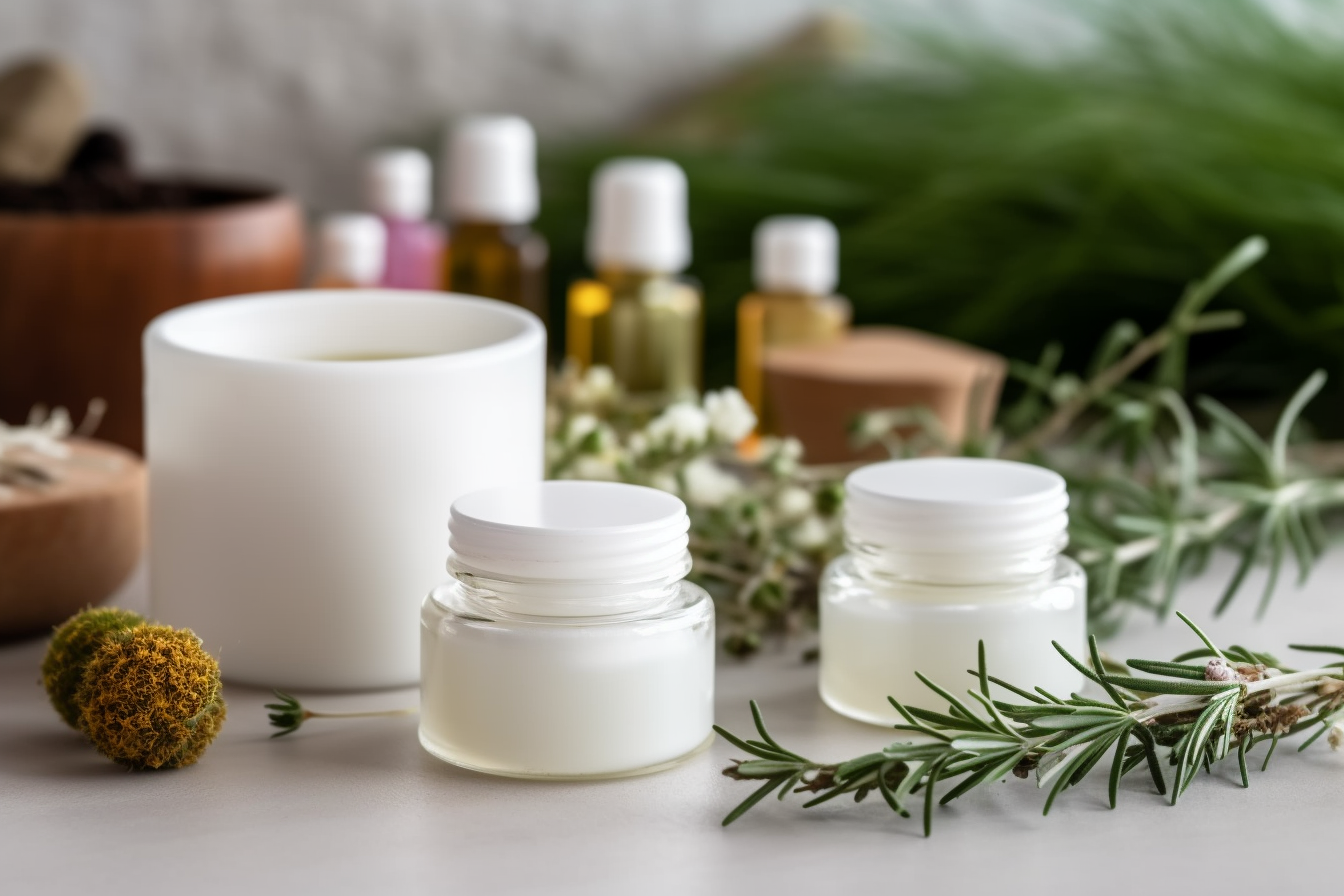The cosmetic industry has experienced exponential growth in recent years, delivering a vast range of products to cater to diverse consumer needs. To understand what goes into making these high-quality cosmetics, it is crucial to delve into the manufacturing process.
The Stages of Cosmetic Production
The production of cosmetics involves various stages that transform raw materials into finished products. This journey consists of several key steps, including:
- Formulation and development
- Procurement of raw materials
- Manufacturing
- Quality control
- Packaging
- Delivery
Stage 1: Formulation and Development
The first stage of cosmetic manufacturing begins with the conception of a new product idea. This often includes research on market trends, current consumer demands, and gaps in the existing product lineup. Once a product concept is defined, chemists and formulators work together to create a formula that incorporates the desired ingredients, textures, and colors while adhering to regulatory standards.
Different formulations may be tested through laboratory trials before finalizing the most suitable one. Research and development teams must ensure that the formulation meets safety guidelines, is stable, and performs as intended.
Stage 2: Procurement of Raw Materials

Once the formulation is complete, the next step is to procure the necessary raw materials for production. These materials include active ingredients, preservatives, emulsifiers, stabilizers, fragrances, and colorants, among others. Sourcing high-quality raw materials is essential to ensure that the final product delivers its promised benefits and meets consumer expectations.
Manufacturers must also adhere to strict guidelines regarding the handling, storage, and usage of raw materials during production. This may involve in-house testing or third-party verification to validate the quality and safety of the raw materials before incorporating them into the manufacturing process.
Understanding the Manufacturing Process
The actual manufacturing process involves several steps that convert the raw materials into finished cosmetic products. These steps include:
- Batching and mixing
- Filling and sealing
- Labeling and coding
Step 1: Batching and Mixing
In this stage, all the raw materials are weighed and combined as per the formulation. The ingredients are mixed using specialized equipment to achieve a homogenous product with even distribution of colors, fragrances, and other components. For certain cosmetics like creams and lotions, an emulsification step may be necessary to ensure proper blending of oil and water-based ingredients. The final mixture is then moved to the filling line for packaging.
Step 2: Filling and Sealing
After the product has been thoroughly mixed, it is filled into appropriate containers based on size, shape, and material requirements. Automated machines are often used for this purpose, ensuring efficient, consistent, and accurate filling of each container. Once filled, the containers are sealed to prevent leakage and maintain product integrity. Various sealing methods, such as induction or conduction seals, screw caps, or tamper-evident bands, may be employed depending on the type of product and packaging materials.
Step 3: Labeling and Coding
The final step in the manufacturing process is labeling and coding, where the product containers receive their labels with information like brand name, ingredients, usage directions, batch number, and expiration date.
Labeling machines are used to apply labels accurately, ensuring a professional appearance while providing vital information to consumers. Coding systems may include inkjet or laser printing technologies that can mark information directly onto packages or labels.
Maintaining Quality Control and Compliance
Throughout the manufacturing process, quality control is of utmost importance. In-house laboratories or third-party testing facilities carry out various tests on raw materials, intermediate products, and finished goods to ensure compliance with industry standards and regulations. This may include safety tests, stability tests, microbial tests, and performance evaluations.
Additionally, manufacturers must follow Good Manufacturing Practices (GMPs) to ensure a hygienic production environment, maintain equipment cleanliness, and prevent contamination. Regular audits and inspections can help identify areas for improvement in the production process and facilitate continuous improvement.
How Can the Cosmetic Manufacturing Process Impact the Success of a Cosmetics Business?
The cosmetic manufacturing process plays a significant role in determining the success of a cosmetics business. Implementing successful strategies for cosmetics business right from formulation to packaging and distribution ensures high-quality products, customer satisfaction, and brand reputation. Prioritizing product innovation, stringent quality control, and efficient supply chain management are crucial steps in fostering growth and staying ahead in the competitive market.
What Are the Key Principles of Cosmetic Engineering?
Cosmetic engineering revolves around discovering the science behind cosmetic engineering. It encompasses key principles such as enhancing the functionality and safety of cosmetic products. This field emphasizes the importance of efficiency, sustainability, and innovation to develop solutions that meet consumers’ needs while prioritizing their well-being. By harmonizing scientific knowledge, technology, and creativity, cosmetic engineers continuously strive to improve the formulation, production, and effectiveness of various cosmetic products.
Packaging and Delivery: The Final Steps
Once the cosmetic products have passed necessary quality checks, they are prepared for distribution. This involves packing the items into cartons or cases, followed by palletizing and shrink-wrapping for secure transportation. The final products are then shipped to warehouses, retail stores, or direct to consumers, depending on the distribution strategy of the company.
In summary, the cosmetic manufacturing process is an intricate and multi-faceted journey that transforms raw materials into beauty-enhancing products. Through rigorous formulation, sourcing, production, and quality control measures, manufacturers strive to deliver cosmetics that cater to varied consumer needs while ensuring safety and efficacy.
